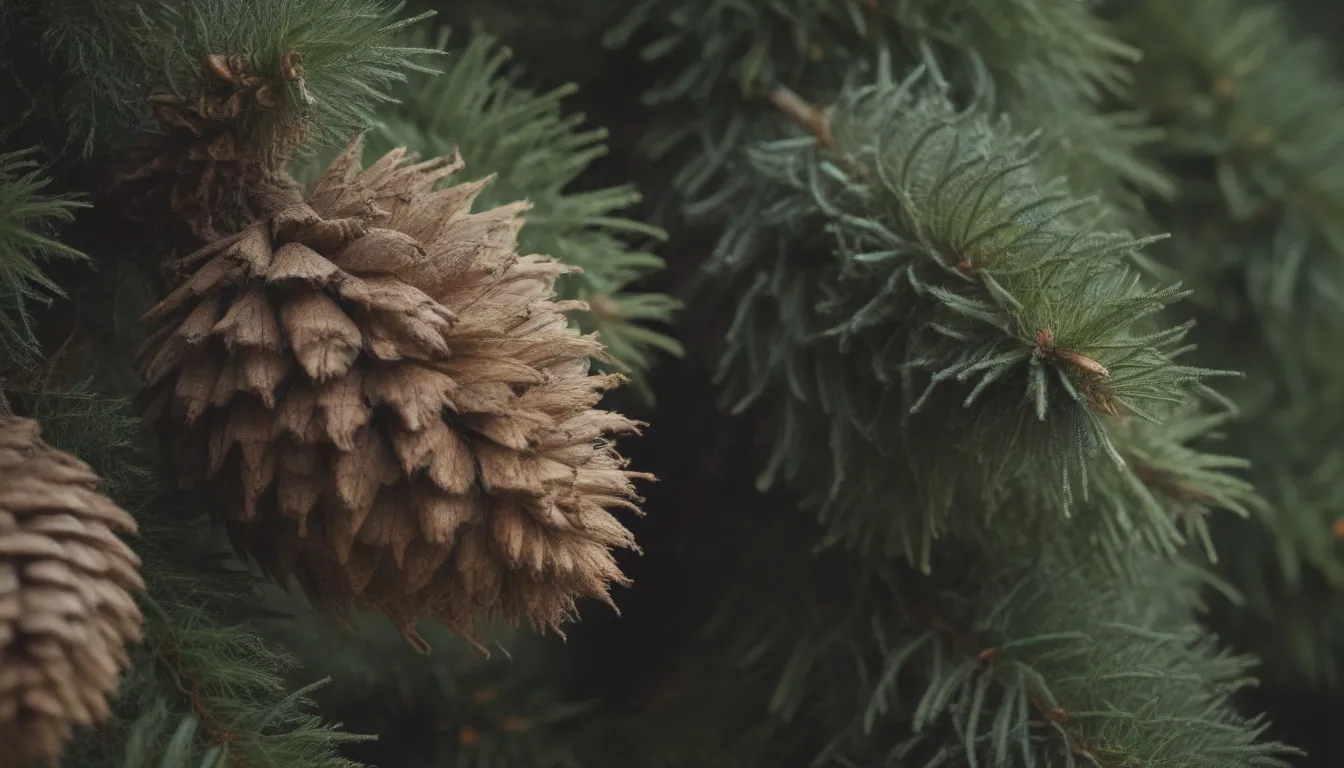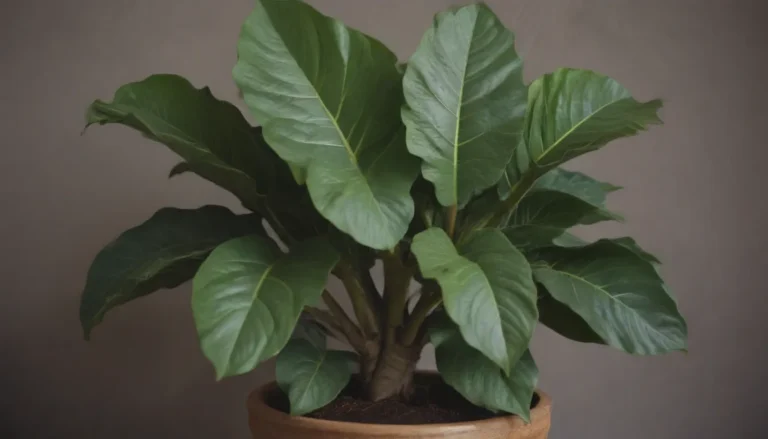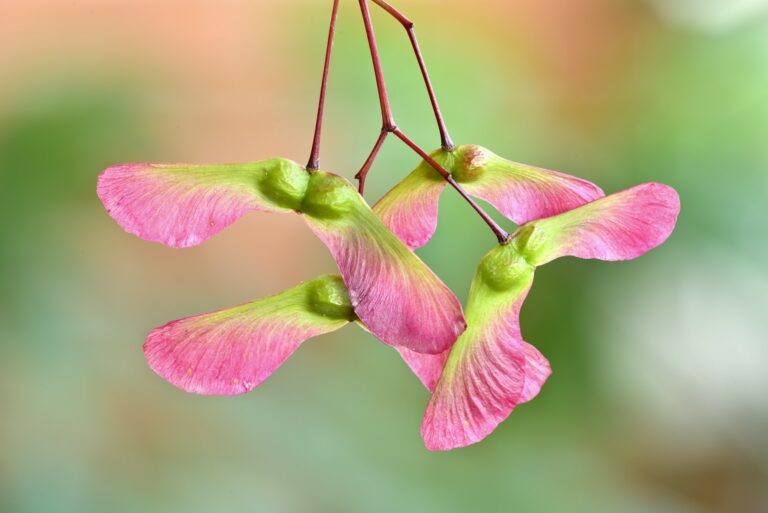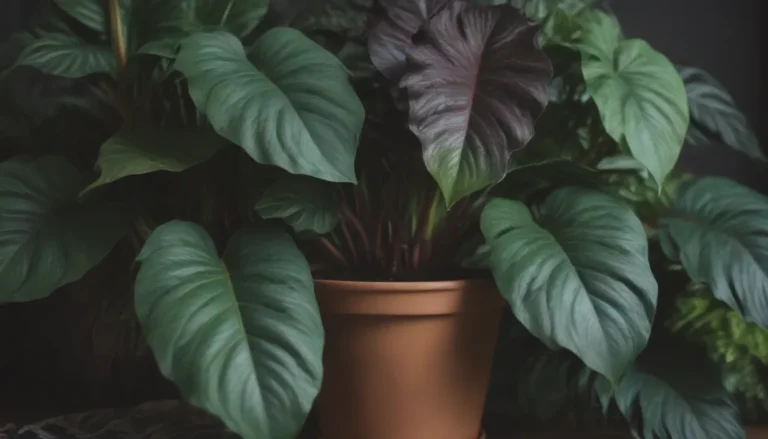Everything You Need to Know About 12 Easy-to-Grow Types of Fir Trees

Are you looking to add some year-round color and structure to your backyard landscape? Fir trees are a fantastic evergreen option that can fit into almost any home’s surroundings. From the grand and majestic Grand Fir to the charming Spanish Fir, there is a type of fir tree for everyone. These conifers belong to the Pinaceae family, with up to 56 species found in various regions around the world, including North and Central America, Europe, Asia, and North Africa.
Fir trees are known for their soft needles and attractive, symmetrical shapes, making them a popular choice for both ornamental and practical purposes. In fact, species like balsam fir, Fraser fir, noble fir, and Nordmann fir are commonly used as Christmas trees due to their lush foliage and lovely form.
If you’re considering adding a fir tree to your landscape, there are a few things to keep in mind to ensure that it thrives in its new environment. Fir trees typically prefer cool, moist conditions and fertile, well-drained soil. Before planting your tree, it’s a good idea to loosen up compacted soil by incorporating some compost or other organic amendments. Transplanting your potted tree in late autumn, winter, or early spring when it’s dormant is also key to its success.
Let’s take a closer look at some popular types of fir trees that you can consider adding to your landscape:
Identifying Fir Trees
Fir trees can be distinguished from other pines by their needle-like leaves that attach singly to the branches. They have a narrow, symmetrical growth habit with branches that develop in a whorl around the trunk. Fir tree needles are fat and flat, appearing in two rows along the upper sides of the twigs. Cones on fir trees are soft and stand upright on the branches, resembling candles.
Here are 12 easy-to-grow types of fir trees that you may want to consider for your landscape:
1. Balsam Fir (Abies balsamea)
- Native area:
- USDA growing zones:
- Height:
- Sun exposure:
A popular choice as a Christmas tree, the balsam fir is known for its narrow, pyramidal to conical shape and aromatic oils and resins. This tree features flat, shiny dark green needles and thrives in cooler climates.
2. Fraser Fir (Abies fraseri)
- Native area:
- USDA growing zones:
- Height:
- Sun exposure:
Named after Scottish botanist John Fraser, the Fraser fir is another great option for a Christmas tree. It shares similarities with the balsam fir, including flattened, dark green needles with white undersides.
3. Grand Fir (Abies grandis)
- Native area:
- USDA growing zones:
- Height:
- Sun exposure:
One of the fastest-growing fir tree species, the grand fir features shiny dark green needles and reddish-brown cones. It emits a pleasant orange fragrance when its needles are crushed.
4. Himalayan Fir (Abies spectabilis)
- Native areas:
- USDA growing zones:
- Height:
- Sun exposure:
A rare and beautiful variety, the Himalayan fir stands out with its long, shining-green needles that droop gracefully from the branches.
5. Korean Fir (Abies koreana)
- Native area:
- USDA growing zones:
- Height:
- Sun exposure:
The Korean fir is a smaller species that grows slowly and produces distinctive blue or purple cones. Its short, broad needles and compact size make it an excellent choice for a living Christmas tree.
6. Noble Fir (Abies procera)
- Native areas:
- USDA growing zones:
- Height:
- Sun exposure:
Also known as red fir or white fir, the noble fir is a popular Christmas tree choice. It features tiers of branches that showcase ornaments beautifully and has smooth, silvery-gray bark.
7. Caucasian Fir (Abies nordmanniana)
- Native areas:
- USDA growing zones:
- Height:
- Sun exposure:
With flattened, glossy dark-green needles and distinctive dark reddish-brown cones, the Caucasian fir, also known as the Nordmann fir, is a stunning addition to any landscape.
8. Red Fir (Abies magnifica)
- Native areas:
- USDA growing zones:
- Height:
- Sun exposure:
Commonly known as California red fir or silvertip, the red fir boasts dark red bark and blue-green needles. This tree has good frost tolerance but requires ample water.
9. Silver Fir (Abies alba)
- Native area:
- USDA growing zones:
- Height:
- Sun exposure:
The silver fir, historically used as a Christmas tree in Europe, has flattened needles and striking green to dark brown cones. Its glossy foliage adds a touch of elegance to any garden.
10. Spanish Fir (Abies pinsapo)
- Native area:
- USDA growing zones:
- Height:
- Sun exposure:
With sharp needles and distinctive raspberry-like cones, the Spanish fir, also known as the hedgehog fir, is a unique and eye-catching variety.
11. Subalpine Fir (Abies lasiocarpa)
- Native area:
- USDA growing zones:
- Height:
- Sun exposure:
The subalpine fir is a medium-sized tree that grows slowly and is often used in bonsai craft. Its striking violet-blue cones and striped needles make it a charming addition to any garden.
12. White Fir (Abies concolor)
- Native area:
- USDA growing zones:
- Height:
- Sun exposure:
Known by various regional names, including the Rocky Mountain white fir and California white fir, this tree boasts soft, pale blue-green needles and barrel-shaped cones that mature to brown or purple.
In summary, fir trees come in a variety of shapes and sizes, making them a versatile addition to any landscape. Whether you’re looking for a towering centerpiece or a compact tree for a small space, there is a fir tree species that will suit your needs. Remember to choose a species that is well-suited to your climate and soil conditions to ensure its health and longevity. So, go ahead and plant a fir tree in your garden and enjoy the year-round beauty it brings!
Remember to keep in mind the specific needs of each fir tree species when adding them to your landscape. By choosing the right variety and providing proper care, you can enjoy the beauty of these evergreen trees year-round. Happy planting!





